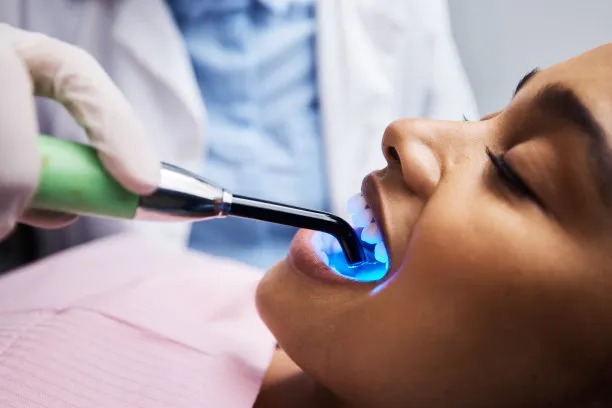A Comprehensive Guide to Understanding the Process of Extracting a Tooth and Its Aftercare Considerations
Summary: Extracting a tooth can be a daunting experience for many individuals, but understanding the process and post-extraction care can help mitigate fear and anxiety. This guide provides a comprehensive overview of tooth extraction, covering the reasons for extraction, the various techniques employed during the procedure, the expected aftercare, and possible complications. Familiarity with these aspects can not only prepare you mentally for the procedure but also foster a smoother recovery. By gaining insight into tooth extractions and their aftercare considerations, patients can take proactive steps towards maintaining oral health and comfort.
1. Reasons for Tooth Extraction

Tooth extractions may be necessary for several reasons, including severe decay, overcrowding, or gum disease. Dental caries, or cavities, can lead to irreversible damage if left untreated, often resulting in the need for extraction. In such cases, the tooth may become significantly weakened and painful, warranting its removal to alleviate discomfort.
Another common reason for an extraction is overcrowding. Dental professionals may recommend removing one or several teeth to facilitate orthodontic treatment, allowing the remaining teeth to realign properly. This is particularly common in adolescents undergoing braces treatments where space management is crucial for proper alignment.
Gum disease, particularly in its advanced stages (periodontitis), can also lead to tooth loss. Infections can weaken the support structures around teeth, necessitating removal to safeguard the overall health of the mouth. By addressing these underlying conditions early on, dentists can help prevent the need for future extraction.
2. Understanding the Extraction Procedure
The process of extracting a tooth may vary based on the complexity of the case. Typically, a dentist will perform a thorough examination, often with X-rays, to determine the best approach. For uncomplicated extractions, the dentist numbs the area around the tooth and then gently loosens it with special instruments before removing it.
In cases that require surgical extraction, anesthesia is administered to ensure patient comfort. This procedure is more complex, involving the removal of gum tissue or bone surrounding the tooth. The dentist carefully detaches the tooth from its surrounding structures, which may involve sectioning the tooth to facilitate easier removal.
After the tooth has been extracted, the dentist will provide instructions on maintaining comfort and preventing infection. This step is critical, as managing the extraction site effectively contributes significantly to a smooth recovery process.
3. Post-Extraction Care Guidelines
After an extraction, it is essential to follow specific care guidelines to promote healing and minimize discomfort. One of the primary recommendations is to bite down gently on a gauze pad for about 30 to 45 minutes to control bleeding. If bleeding persists, changing the gauze pad or biting down on a fresh pad may be necessary.
Patients should also avoid rinsing their mouths or spitting forcefully for the first 24 hours to prevent dislodging the blood clot necessary for healing. Soft foods, plenty of fluids, and avoiding hot beverages for the first few days post-extraction are also advised to prevent aggravating the extraction site.
Furthermore, adhering to prescribed medications, including pain relievers or antibiotics, can alleviate discomfort and help ward off infections. Attending follow-up appointments is crucial to monitor the healing progress, allowing for timely intervention should any complications arise.
4. Recognizing Potential Complications
While most tooth extractions heal smoothly, patients should be aware of potential complications. One of the most feared problems is dry socket, which occurs when the blood clot at the extraction site becomes dislodged, exposing bone and nerves. This condition can lead to significant pain and requires prompt treatment by a dental professional.
Infection is another risk associated with tooth extraction. Signs of infection may include fever, increased swelling, or discharge from the extraction site. If such symptoms occur, it is vital to contact a dentist promptly for evaluation and treatment.
Lastly, maintaining proper oral hygiene after extraction is critical to prevent complications. Patients should gently clean the surrounding teeth while avoiding the extraction site; as healing progresses, they can gradually return to regular oral care practices.
Summary:
Tooth extractions are common dental procedures that can arise from various reasons, including decay, overcrowding, and gum disease. Understanding the extraction process, along with post-operative care and potential complications, helps patients prepare and recover effectively. By following care guidelines and remaining vigilant for signs of issues, individuals can enhance their recovery experience and maintain their oral health.
This article is compiled by Vickong Dental and the content is for reference only.


